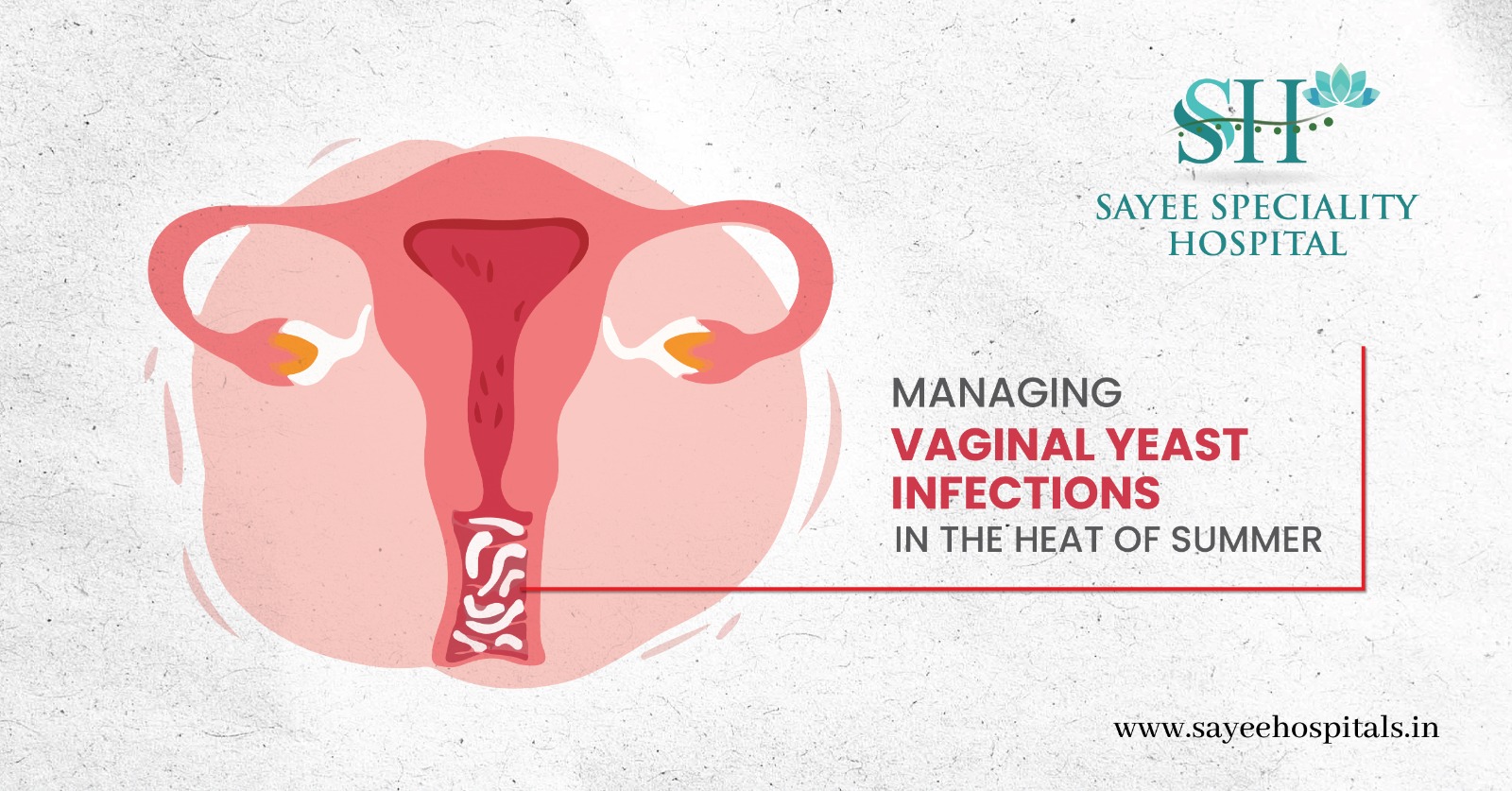A vaginal yeast infection is a common condition affecting the vaginal area, caused by the overgrowth of a fungus called yeast. Although small amounts of yeast naturally inhabit the vagina, an imbalance leading to excessive growth can result in an infection. While yeast infections can occur anytime, certain factors, especially during warm weather, increase susceptibility.
Symptoms and Diagnosis
Key symptoms of a vaginal yeast infection include itching in the vaginal area, white discharge that can range from watery to thick, and redness, swelling, and burning. Pain during urination or sexual intercourse is also common. Diagnosis typically involves a medical examination where a healthcare provider checks for signs of infection and may collect a sample of vaginal fluid for lab testing.
Causes and Risk Factors
Yeast infections can be influenced by various factors beyond just the warm weather. Pregnancy, illnesses such as HIV or diabetes, certain medications (like antibiotics, birth control pills, and cortisone-type drugs), stress, and lack of sleep can all contribute to an increased risk. Additionally, wearing tight clothing and staying in wet swimsuits for prolonged periods can trap moisture, creating an ideal environment for yeast growth.
Treatment Options
Treating a vaginal yeast infection involves using antifungal medications, available in forms like pills, creams, ovules, or ointments. Treatment duration can range from 1 to 7 days, depending on the severity and the individual’s health condition. It is crucial to complete the prescribed treatment to avoid recurrent infections, particularly if underlying health issues such as diabetes are not well-managed.
Prevention Tips
Preventing yeast infections involves adopting several lifestyle and hygiene practices:
- Wear Breathable Underwear: Cotton is recommended as it helps keep the vaginal area dry by not retaining heat or moisture.
- Avoid Tight Clothing: Loose-fitting clothes reduce heat and moisture buildup, lowering infection risks.
- Skip Douching: Douching and scented feminine products can disrupt the natural balance of bacteria in the vagina.
- Change Out of Wet Clothes: Promptly changing out of wet bathing suits or workout gear can prevent moisture accumulation.
- Good Bathroom Habits: Always wipe from front to back to avoid spreading bacteria.
- Manage Diabetes: Keeping blood sugar levels under control is essential for reducing yeast infections.
- Be Cautious with Antibiotics: Use antibiotics only when necessary, as they can kill beneficial bacteria that prevent yeast overgrowth.
- Diet and Hygiene: Consuming yogurt with active cultures can help maintain healthy bacteria levels, and using unscented, hypoallergenic soaps can prevent irritation.
By prioritizing hygiene, ventilation, and healthy lifestyle choices, women can significantly reduce the risk of yeast infections, especially during the summer months. It’s essential to seek medical advice for proper diagnosis and treatment to avoid complications or resistant infections. With these proactive measures, women can enjoy the warmer weather comfortably and confidently.
